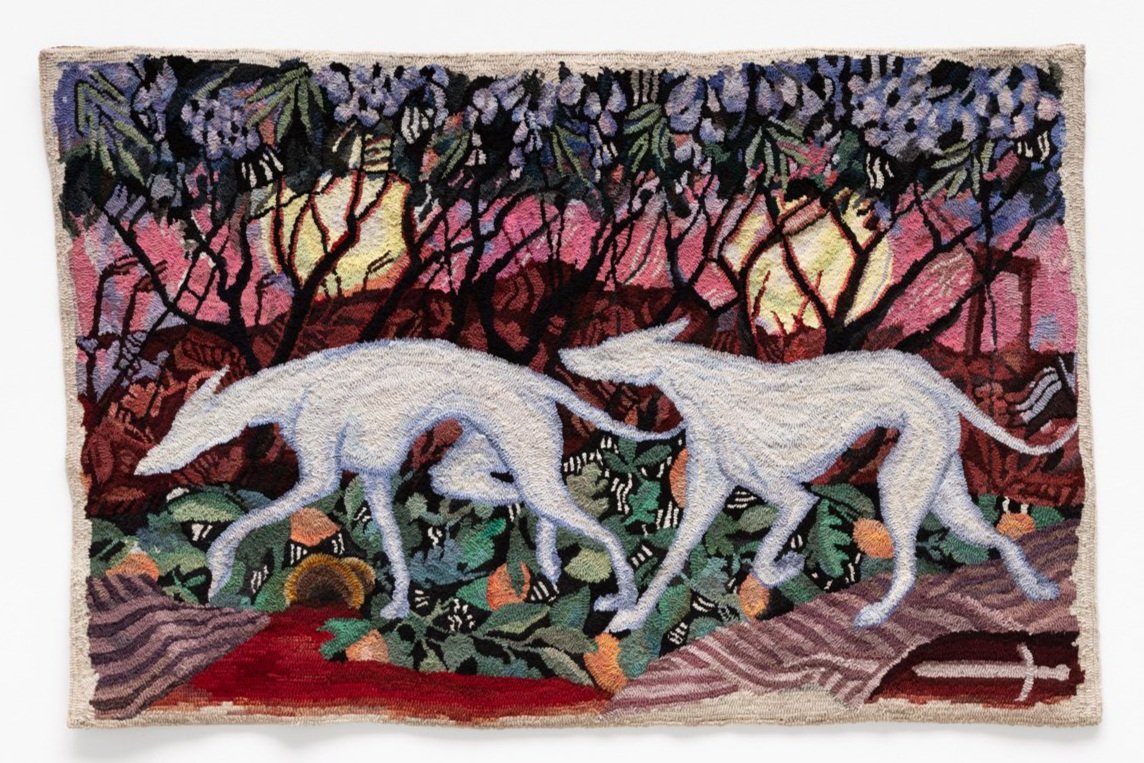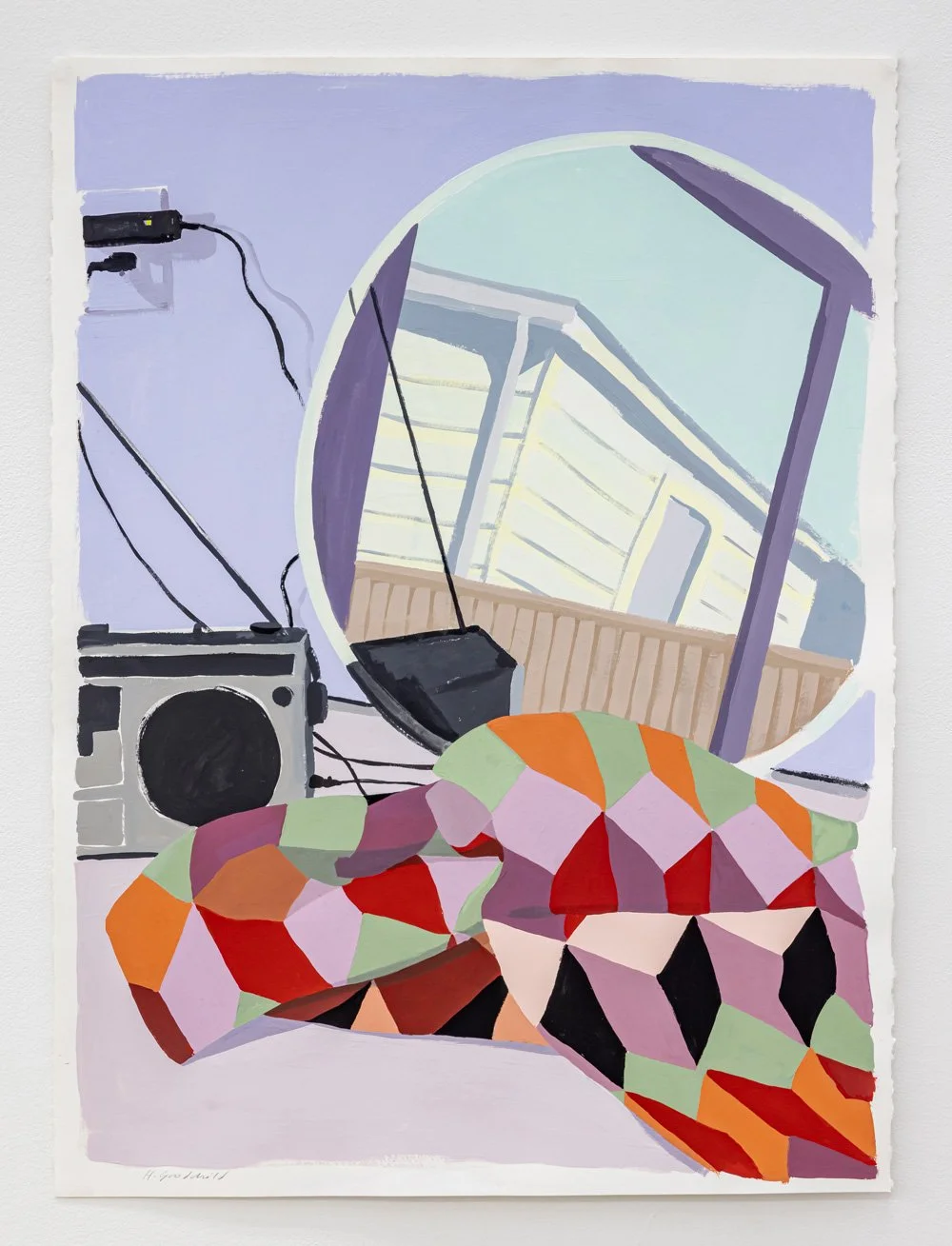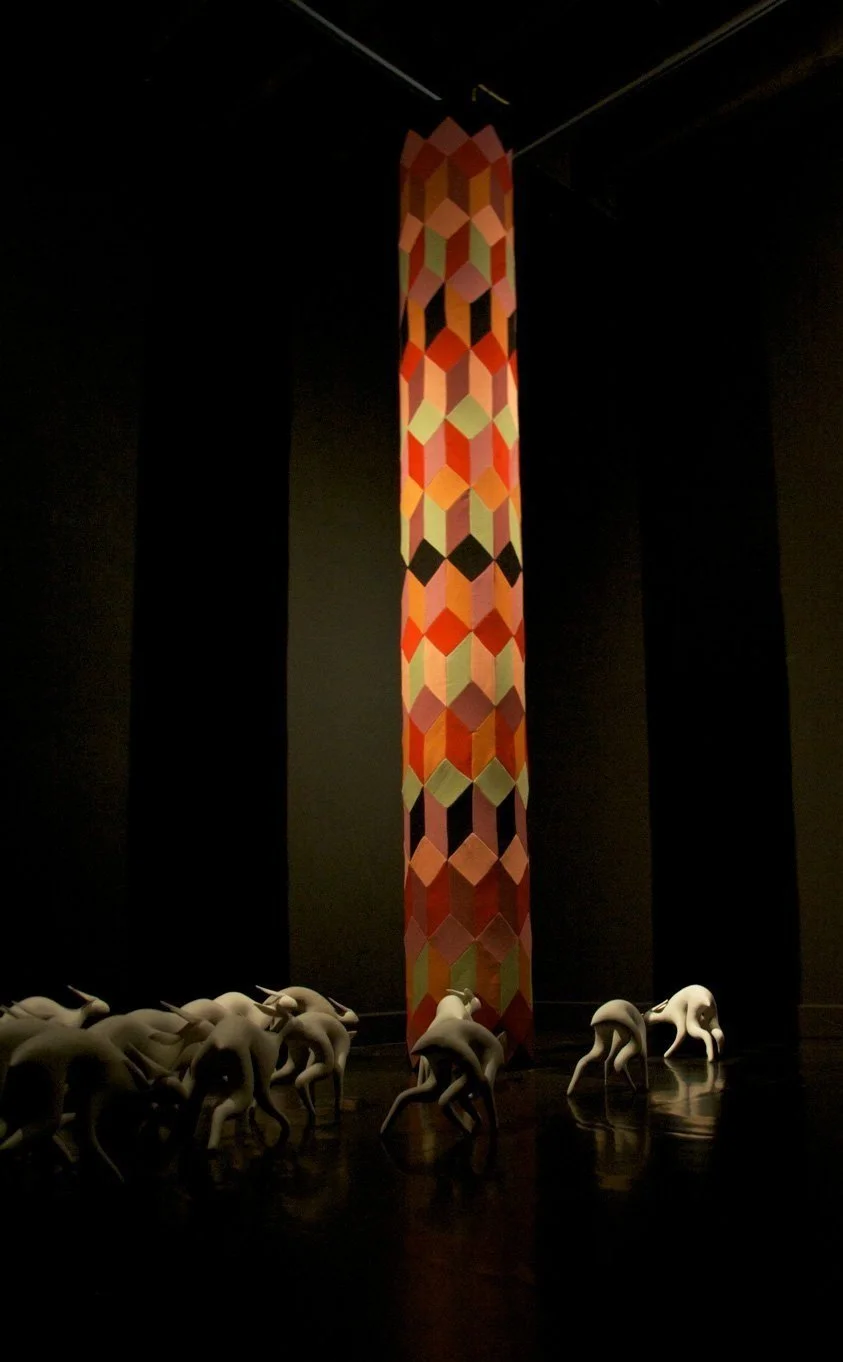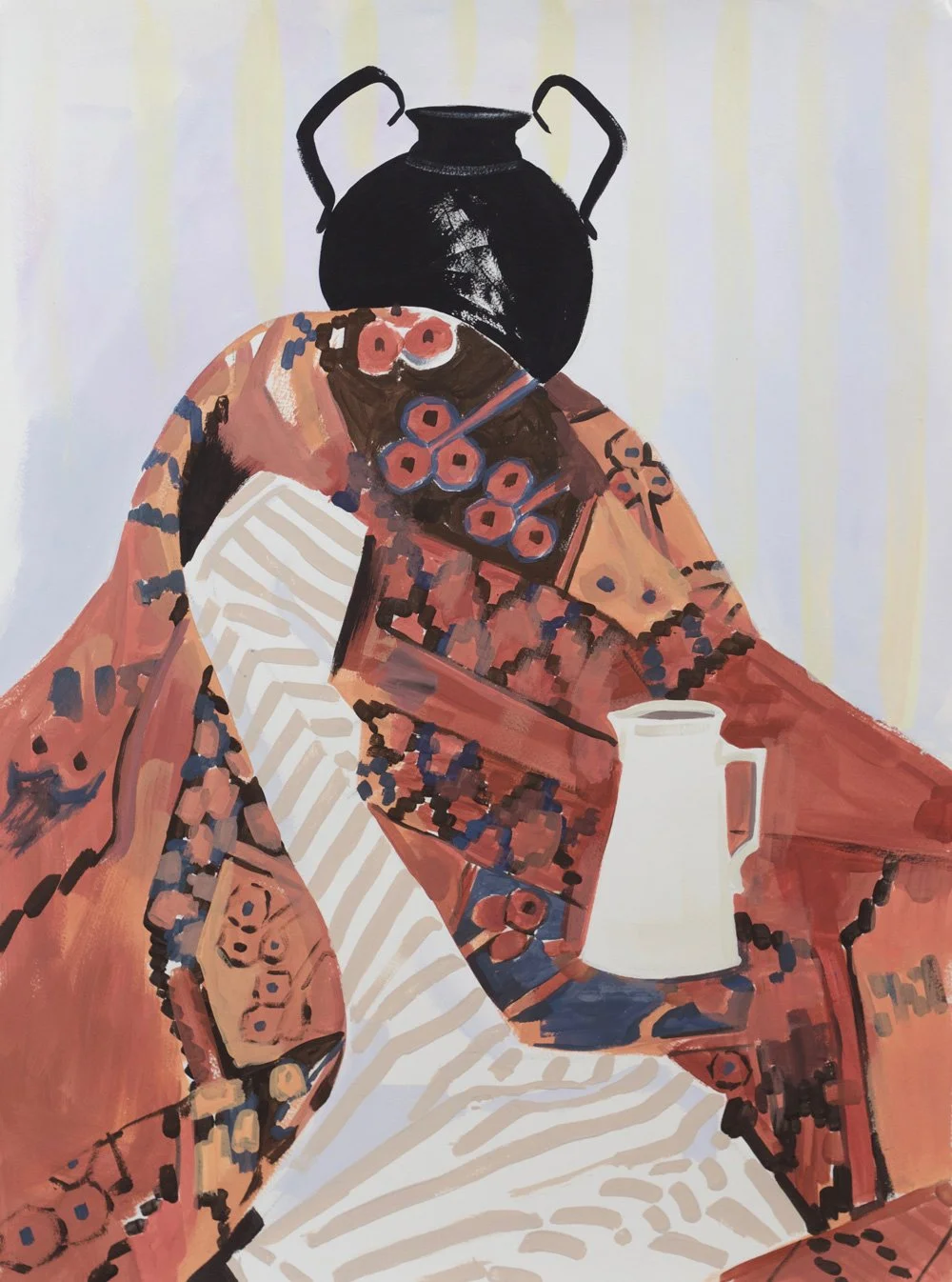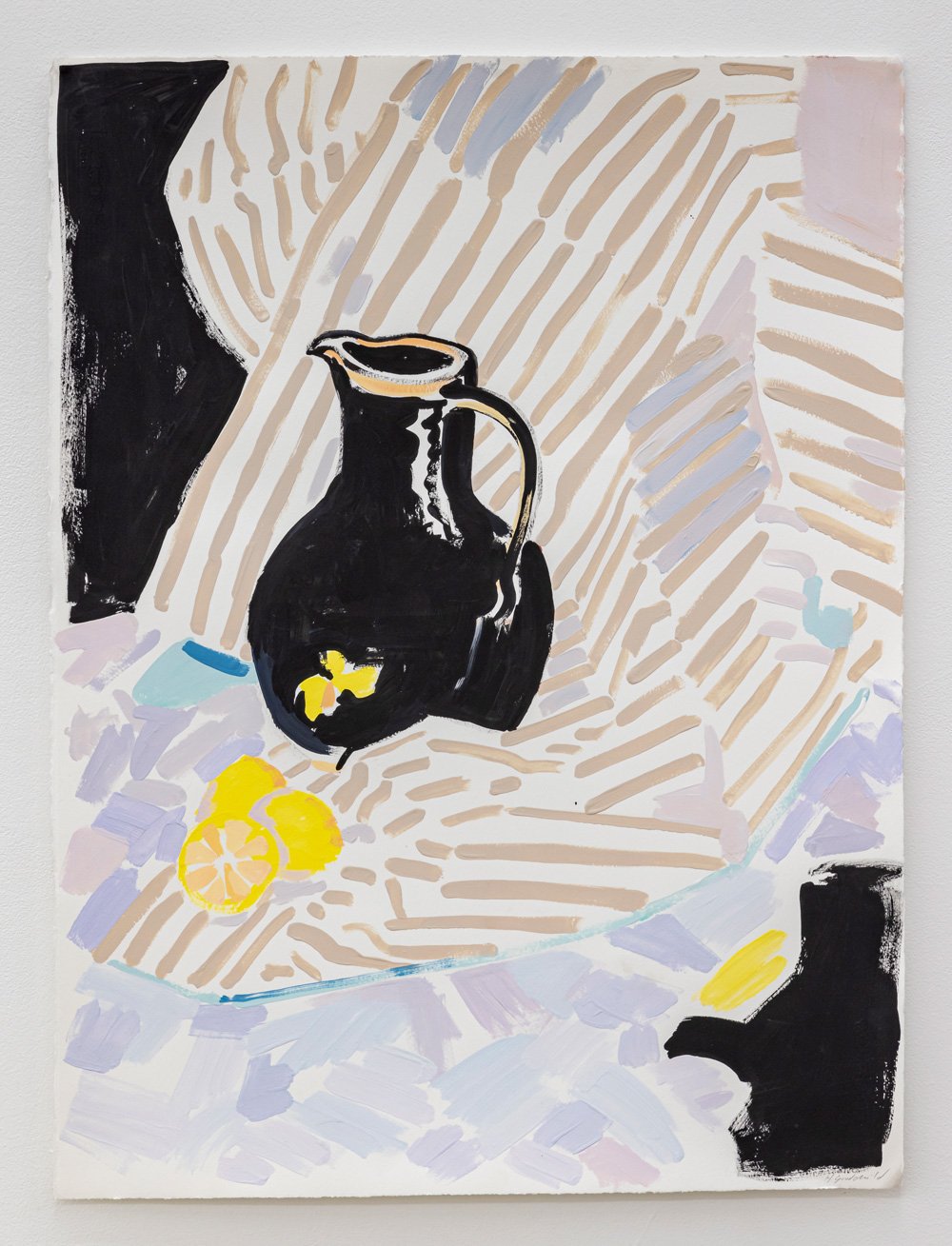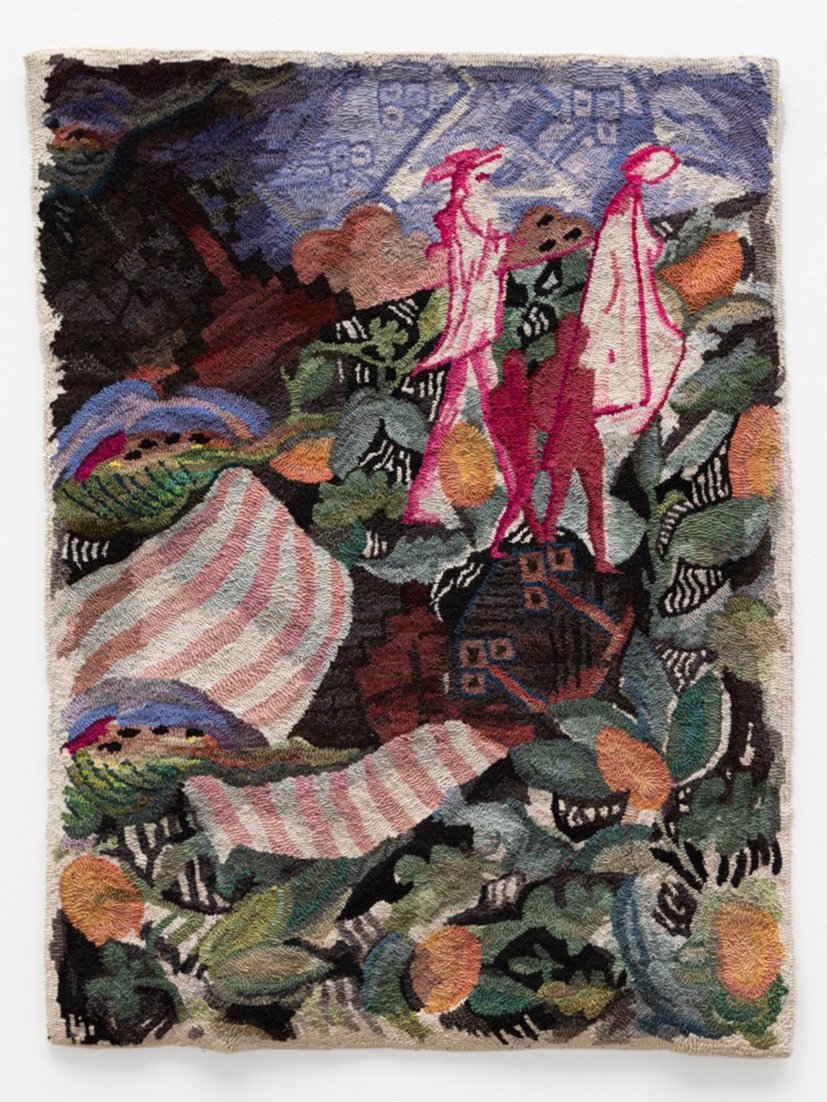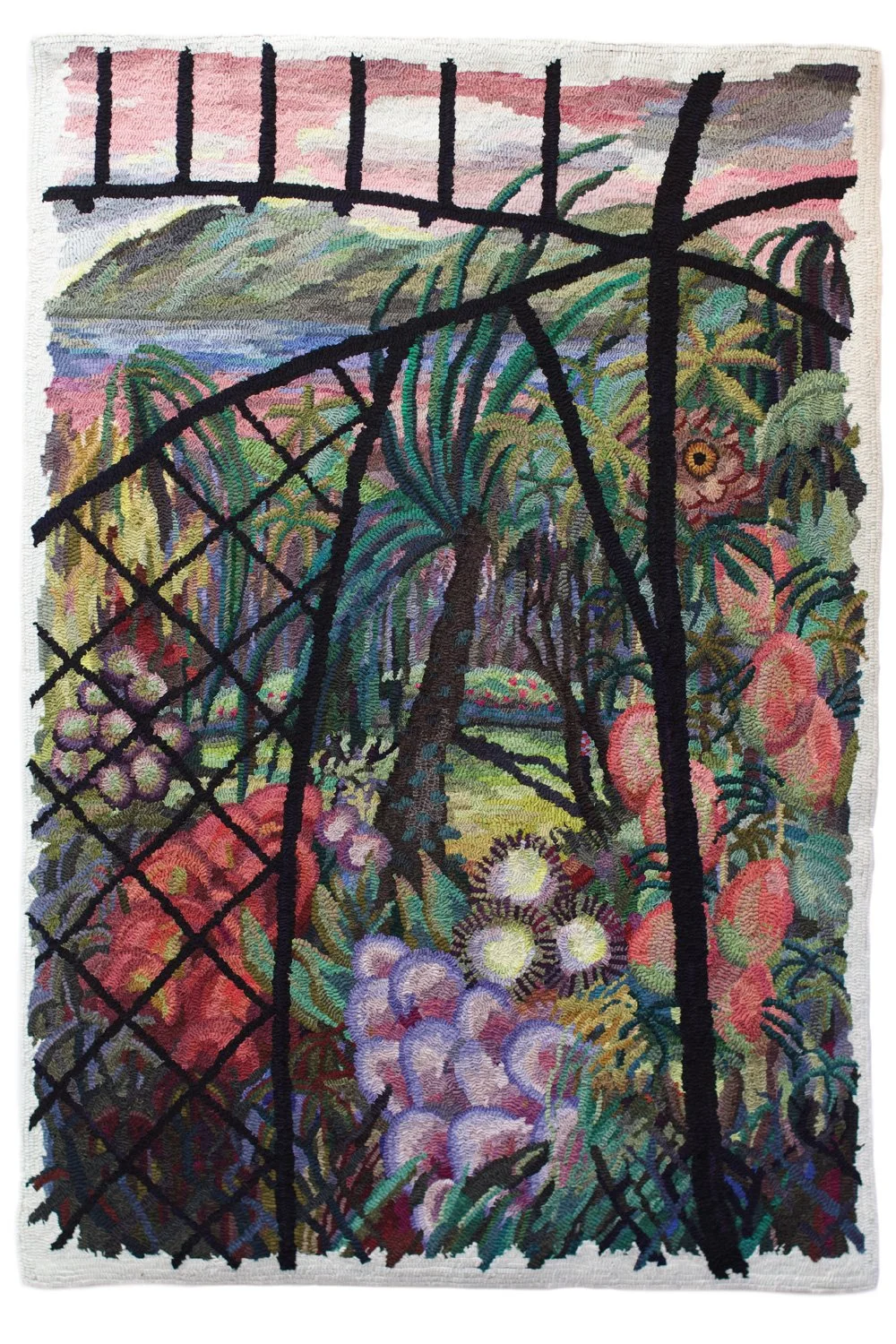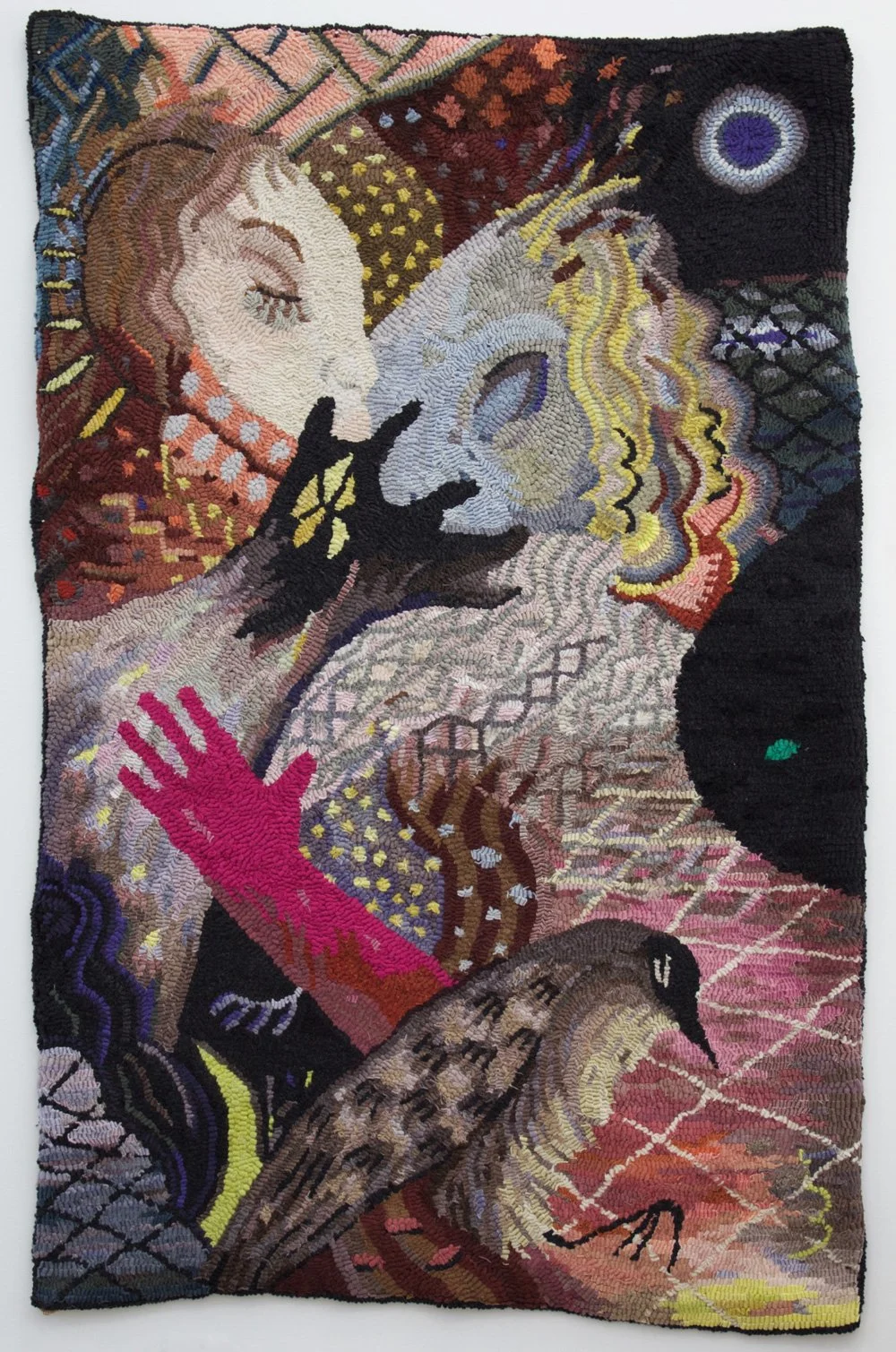On Freedom: Songs of Care and Constraint
By Maggie Nelson (McClelland & Stewart)
Reviewed by Neil Price
Maggie Nelson’s latest book, On Freedom: Four Songs of Care and Constraint, is a bold and oftentimes vexing exploration of how freedom gets both exercised and interpreted, and what we gain and lose in our pursuit of this grand idea.
Divided into four lengthy sections that ruminate on art, sex, drugs, and climate change, Nelson takes on some of the thorniest subjects of our time without flinching. The #MeToo movement is both analyzed and criticized for its perceived excesses; drug addiction is weighed against the valuable lessons learned through personal struggle; anxieties about climate change are examined in relation to our human tendency to think narrowly and narratively, as in, “this story will end badly.” In each of these “realms,” Nelson argues that freedom—or our desire for it—always gets “knotted up” with unfreedom. For Nelson, this is a good thing, leading to greater appreciation for what we gain with each passing day. Drawing heavily on the ideas of Michel Foucault, Nelson’s overall project is to present freedom not as a final state or destination but as a continuum.
The book’s essays delight in paradoxes that open space for thinking differently about how we should live. Are we at our best when we are not free to do whatever we want? Is there deep value derived from the various constraints placed on desires? Do we gain life-affirming truths from experiences that bring about trauma and pain? And how long will it take to arrive at the answers to such questions? Here, Nelson deploys a dose of hard realism, writing, “Those of us who are waiting for the big liberatory moment will be disappointed to find out that freedom was with us the whole time.”
In the section titled “Art Song,” Nelson argues that the uses of art—no matter how offensive—have plenty to offer our notions of freedom, despite our revulsion at what is presented. In addressing the heated controversy that followed the exhibition of artist Dana Schutz’s painting “Open Casket,” which depicted the brutalized body of Emmett Till, Nelson questions whether or not this kind of outrage in response to art says more about the viewer or society than it does about the art itself. Is there something to be said for beholding and pondering what others find racist or demeaning? Perhaps. Nelson believes we “have the freedom to find a piece of art repulsive, wrong-headed, implicated in injustice in naive and nefarious ways, without concluding that it threatens our well-being.”
With elegantly controlled prose, Nelson mines liminal spaces where quick condemnation is challenged. In the section titled “The Battle of Sexual Optimism,” Nelson makes some of her boldest arguments. Through explorations on sexual violence, AIDS, promiscuity, consent, and sexual liberation, Nelson suggests that we can learn from what we fear the most. Without this fear, we are left somewhat bereft, somewhat wanting. “Due to AIDS, much of that time was fearful and awful,” Nelson writes. “I do, however, have a tremendous respect for the lessons it imparted.” Nelson wants to convince the reader that life is full of threatening risks, which remain no matter our efforts to mitigate or hide from them. Simply put, we miss out on growth by trying to live within walled gardens and, for Nelson, who would prefer that we have exposure to all of life’s opportunities and challenges, the chance to engage in what she refers to as “radical compassion,” the ability to accept humanity in all of its frailty and meanness, somehow keeps us going as better human beings.
In the book’s final section, “Riding the Blinds,” Nelson suggests true freedom is about taking what life throws one’s way and progressing forward the best we can in a kind of updated Zen stoicism.
“Riding the blinds means you’re out of the authorities’ sight,” she writes. “It also means you can’t see where you’re headed. Maybe you’re on a runaway train headed for a concrete wall. Maybe you’re heading for a future that is simply impossible to imagine from the present.”
In On Freedom, Nelson uses her impressive intellectual prowess to probe subjects of immense import and debate. While her arguments offer intriguing paths of inquiry and reflection, they don’t always feel overly generous or inclusive. Nelson can afford to posit her thesis—that there is something deeply human to be gained when one’s freedoms are curtailed or impinged upon—because her identity and social location as a white, queer, successful, American writer give her the privilege to do so. There is a niggling and flippant tone that runs through the book, which seems to take the life-and-death seriousness of the subject a little too lightly for this reviewer. Readers who know about the crushing weight of oppression or who have lost freedoms in dire contexts will note that these musings come from a particular writer, of a particular lived experience, who has yet to adequately grapple with freedom’s complex interconnections with history, class, and race.
Out of the Sun: on Race and Storytelling
By Esi Edugyan (Anansi)
Reviewed by Shazia Hafiz Ramji
“I am not a historian, only a storyteller with an interest in overlooked narratives, and I’ve always been curious as to why we sideline some stories and mythologize others,” writes novelist Esi Edugyan in the CBC Massey Lecture Out of the Sun: On Race and Storytelling.
Edugyan pairs historical rigour with intimately told stories from life, crafting a collection that she calls “part memoir, part travelogue, part history” to offer “meditations on identity and belonging.” Split into five sections corresponding to different places, Edugyan turns to Europe, Canada, America, Africa, and Asia, re-examining aesthetic values such as empathy, storytelling, and futurism from a position firmly grounded in the present.
In “Europe and the Art of Seeing,” Edugyan explores the legacies of erasure and racism in visual art, beginning with the experience of sitting for her own oil portrait in BC, to discuss the weight of representation. Edugyan reflects on the 1778 portrait of Lady Elizabeth Murray, known as such until the 1990s, even though there is another woman beside her—a young woman of colour named Dido Elizabeth Belle, who is Lady Elizabeth’s cousin. Edugyan notes that Black people have long been present in paintings as “footmen, slaves, lady’s maids, magi” but “rarely until the twentieth century [as] just human beings, living human lives.”
“Canada and the Art of Ghosts” turns to these lives. Edugyan writes, “Our ideas of pioneer life rarely seem to include the people of African descent who, both enslaved and free, built farms, homesteads, and roads, who hunted and fished on the land and lived lives of spectacular diversity.” Edugyan captivates with her telling of a ghost story experienced by her friend, who retired to a homestead in northern Alberta, where plains were traversed by Indigenous peoples and freed slaves from southern American states. After returning home from outings, Edugyan’s friend would find strange occurrences, such as the furniture having shifted by inches, picture frames arranged faced down, and light bulbs unscrewed and placed in the centre of the room. Her friend eventually left the homestead. Later, her friend became curious about the haunting and began researching genealogical logs of Germans, Ukrainians, and Mennonites who were settlers and migrants to the area. Edugyan writes: “I was struck by how little it occurred to her that her ghosts—in whose existence she was fully convinced—might belong to one of the communities of colour whose presence also predated her own on the land. She didn’t bother with the stories of those who were not, like her, descendants of Europe.” Edugyan then develops a striking analysis of race and haunting: “It seems a strange thing to speak about race when discussing ghosts. But it is interesting to note how often such details get left out.”
Out of the Sun deepens stories of historical erasure and Black presence, engaging with contexts of reclamation such as futurism and African-Asian relations to show what has been in order to acknowledge what can be. From the film District 9 to the orientalized and turbaned portraits of Angelo Soliman and Dido Elizabeth Belle, Edugyan creates intimacies of relation without resorting to phony universality, a tremendous feat that contributes to world-making beyond arts and letters.
Letters in a Bruised Cosmos
By Liz Howard (McClelland & Stewart)
Reviewed by Keith Garebian
As in her Griffin-award-winning collection, Infinite Citizen of the Shaking Tent, Liz Howard explores colliding worlds in Letters in a Bruised Cosmos through poems that are passionate conversations with themselves as much as with their readers. Letters in a Bruised Cosmos, as in the earlier collection, demonstrates how desire is compatible with meditative wonder—though the “limits of language” are essentially “the limits” of anyone’s world, as Wittgenstein maintained in Tractatus Logico-Philosophicus—and thus inquiry (and even gut-wrenching experience) can only lead to elliptical, partial answers. Wittgenstein is one of many figures quoted in this collection, whose wide frame of reference encompasses the works of Archimedes, Blake, Proust, Kafka, Arendt, Curie, Clare, Kahlo, Kristeva, Roubaud, and Knausgaard, in addition to the fields of astrophysics, chemistry, biology, Western literature, post-structural feminist studies, and Anishinaabe cosmology. I hasten to add that this list shouldn’t daunt the reader because Howard is not entrenched in the abstract or the abstruse. Though her poetics can be as intellectually challenging as those of Anne Carson, Erín Moure, or Margaret Christakos, her language has mercurial volatility: it unwinds, circles, and stretches itself for a stronger perspective on an imperiled cosmos.
The title of Howard’s collection suggests the epistolary, but the connotations are multiple. On one hand, the poems are messages about memory, trauma, and autobiographical episodes that are unpacked, explored, and reintegrated with urgency and purpose. The poems are also messages aimed at a cosmos that itself messages us all about its griefs and furies. To quote from the collection’s endnotes, this “cosmos” is “an anomalous region detected in the ‘heat map’ of the known universe,” and its radiance is imperiled, as is our own survival. Believing that our world is a result of an astrophysical collision, the author knows (as all Anishinaabe poets do) that we are not landowners, but merely bruised or bruising tenants on a lease we can never truly pay. While attempting to “reforge” herself and us “inside of tomorrow’s humidex,” Howard admits to being “bogged” in a “pustule of astrocytes,” implying that such star-shaped nerve cells are ineffective at curing her “moods / and vapors and sickness,” her hormonal stress. Yet she pursues the future, fearing abuse and even murderous violence, two effects of being Indigenous in a present that is a palimpsest of “a past there’s no coming back from.” Her bloodstream consists of “dark matter”: abandonment in girlhood by an alcoholic father (whose embrace she experiences only after his crematory ashes catch on her shoes, leggings, and skin); near drowning in a river; and “an experience / of abjection” at the age of seven, where she feels “a true separation between [herself] / and the world.” She weathers all, examining her own “total vulnerability.” It is this susceptibility that lends a poignant tenderness, a grace to her brain-mapping of time, space, and art.
Howard makes a place in this collection for blood relatives (father, mother, brother, uncle, great-grandfather, lover) and for Indigenous life, mythology, and cosmology. The autobiographical element is pitched in a different linguistic key, a down-to-earth directness in contrast to her intellectual refinements in the philosophic lyrics. But the two contrasting tones can also blend beautifully, combining sentiment,
reflection, and punctum:
What does it mean to actively die? Actively?
I’ve been reading Knausgaard who writes:
For the heart, life is simple: it beats for as long
as it can. Then it stops. Full stop as in a period,
as a period is a flat line when extended. I have been
given my father’s papers, his Polaroids, and a pocket watch
that belonged to my great-grandfather. I have been
given his ball cap that kept the Maritime sun
out of his eyes as he scavenged for bottles.
The band of this hat has collected his scent
which is lemongrass, earth, and discount smoke.
I have been given his small tools, cologne, nail
clippers, a water canister, a small plastic box of razors,
a picture of me as a baby, a drawing of electric currents,
a knife.
Howard is frequently metaphorically stretched, lifting her chin and consideration to higher things in emblematic elevations: she points to “A column extended from the top / of my head into heaven”; she notes that “It’s as if these winters have nothing on a chin / tilted upward”; “Somehow,” she says, “her mind was lifted up to the ceiling.” The column image is instructive, signaling her desire to find a portal between world and spirit. Her book manifests a modified dialectic of the cogito (in nature and body), really a nervous existential struggle with metaphysics of phenomena. As she divulges in one sequence, she has served as a researcher into cognitive mechanisms of the living brain; even so, as she wisely admits, her considerable art cannot reify “what time has taken away.” Her book is an extended meditation that in eight near-final pages has a low-end economy of thinly stretched-out phrases (for example, “All the skins a fibrous silk of nerve stimulus”) that could be read as axons or nerve endings. This morpheme imagery cleverly exhibits that Howard’s profound mind is always at the service of an intensive human sensitivity.
I hope I have not misrepresented this amazing collection. Letters in a Bruised Cosmos’s rich caviar of thought may entice academics, but the moving, evocative aesthetics will undoubtably appeal to all readers. The collection’s best lyrics often demonstrate how thought can be sublimated into “a braid of snowflakes,” a mesmerizing whir of language. Howard is a valuable part of a nucleus of contemporary Indigenous poets: sensitive dreamers who strive for spiritual enlightenment and expand the Canadian literary map, rewriting themselves as acute tricksters in the best sense of creative resourcefulness and genius. These are poets who can wrench the gut and heart as they exercise the mind to illuminate what has often been consigned to darkness or callous indifference.
